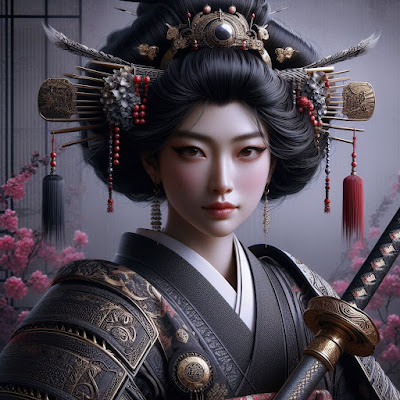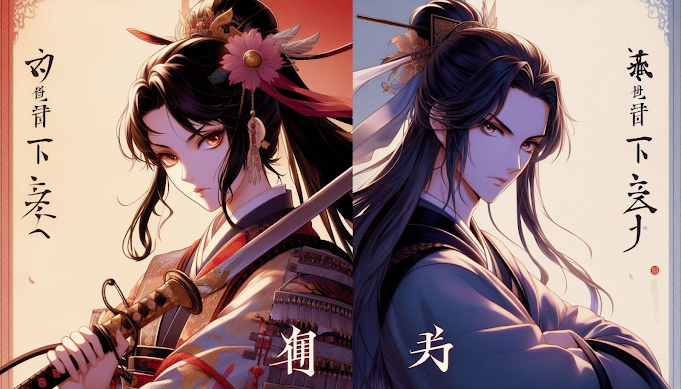Shogun: A Masterpiece in Words and Pictures
James Clavell's *Shogun* is a captivating journey, both on the page and on the screen. The television series, with its intricate storylines and stunning visuals, offers a gateway into the world Clavell masterfully crafted in his 1975 novel. Whether you've devoured the book or are just discovering it through the series, prepare to be enthralled by a tale of ambition, cultural clashes, and the delicate dance of power.
The series excels in its nuanced portrayal of Japanese culture during the turbulent 16th century. We follow the captivating story of John Blackthorne, a pilot shipwrecked on the shores of Japan. Thrown into a world vastly different from his own, Blackthorne must adapt to survive, navigating the complex web of alliances and rivalries that dominate the land.
The writing, both in the novel and the series, is a testament to Clavell's meticulous world-building. The dialogue flows effortlessly, even when delivered in its original Japanese, thanks to the seamless subtitles. It's a testament to the series' quality that the cultural nuances and historical context are interwoven into the narrative without feeling cumbersome.
Beyond the intricacies of the plot, what truly elevates *Shogun* is its exquisite use of imagery. Both the novel and the series employ evocative language that paints vivid pictures in the reader's or viewer's mind. Whether traversing the serene beauty of a Japanese garden or the bustling chaos of a bustling marketplace, you'll feel transported to this bygone era.
The series further elevates the experience with its breathtaking visuals. The meticulously designed sets and costumes bring the world of feudal Japan to life. Each frame is a testament to the show's grand production value, with stunning cinematography that captures the grandeur of landscapes and the intimacy of personal encounters.
 |
| Lady Mariko |
No element of *Shogun* is left to chance. The characters, from the ambitious Blackthorne to the enigmatic Lord Toranaga, are all meticulously crafted. Each individual plays a vital role, weaving a tapestry of power struggles and personal growth. You'll find yourself invested in their fates, rooting for some and wary of others.
A particular highlight of the series, both for its beauty and thematic significance, is the recurring motif of the "leafless branch." This powerful image, also present in the novel, is used to symbolize resilience in the face of adversity. Just as a bare branch endures the harsh winter, stripped of its leaves but not its life force, so too can a person overcome hardship and emerge stronger.
This evocative imagery speaks to the core of *Shogun*'s message. The story is not just about political maneuvering or cultural clashes; it's about the human spirit's ability to adapt and persevere. Blackthorne, stripped of his familiar world and facing seemingly insurmountable challenges, embodies this spirit. He learns to navigate his new reality, embracing new customs and forging unexpected connections.
Now, let's delve deeper into the "leafless branch" poem itself. While the specific poem may not appear verbatim in the series, its thematic essence permeates the narrative. Here's a layman's interpretation:
Imagine a lone branch in winter, stripped bare by the harsh wind. It might seem lifeless at first glance, a stark silhouette against the cold sky. But beneath the surface, life still courses – the branch remains strong, waiting for the warmth of spring to bring forth new growth.
 |
| Lady Ochiba |
This poem serves as a potent metaphor for the human experience. We all face periods of hardship, times when we feel stripped bare and vulnerable. It's during these moments that resilience becomes crucial. Just like the leafless branch, we must hold onto our inner strength, knowing that even in the depths of winter, renewal is always a possibility.
Whether you experience *Shogun* through the captivating prose of the novel or the stunning visuals of the series, prepare for a journey that will stay with you long after the final page is turned or the credits roll. It's a story brimming with adventure, intrigue, and the enduring spirit of humanity. So, delve into this world of samurai warriors, forbidden love, and the quest for power. You won't be disappointed.






Comments
Post a Comment